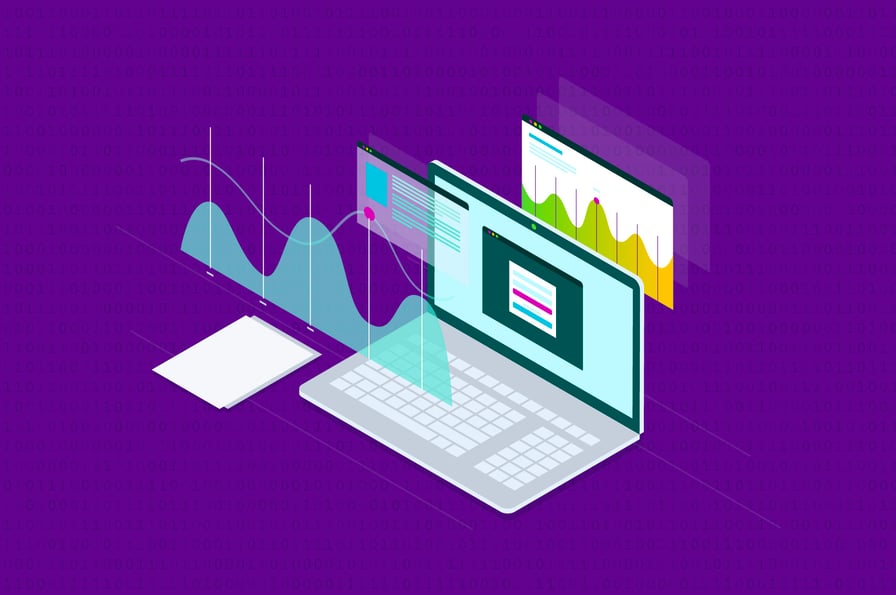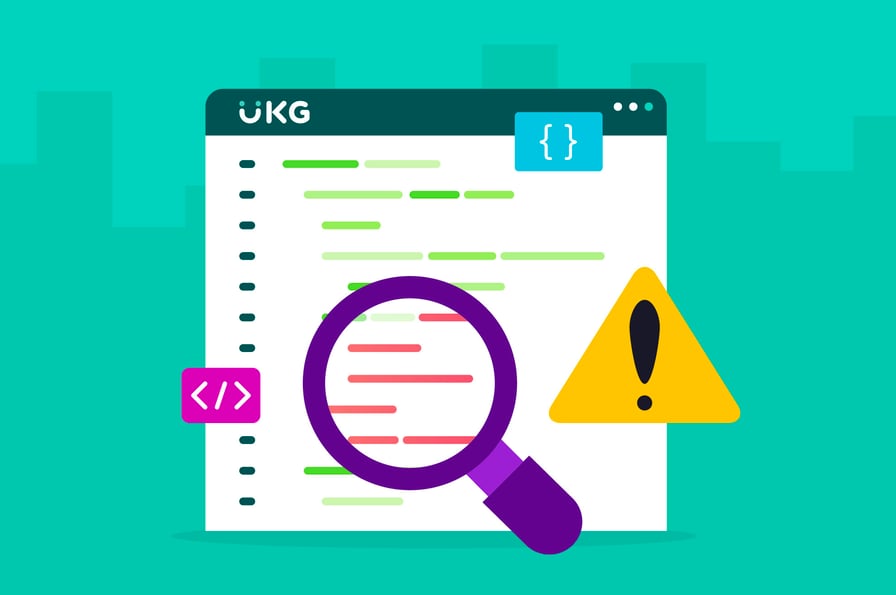The past year has seen a dizzying array of new artificial intelligence tools, applications and programs enter the market. More than just chatbots and image generators, there are now AI programs that handle tasks as diverse as feeding plants and diagnosing cancer.
Payroll is no exception to the AI boom. In fact, AI has been applied to payroll applications for many years already. While such applications may not be quite as visible to the general public as ChatGPT, they provide incredible value to businesses.
AI in payroll is particularly valuable for detecting anomalies, producing meaningful data, automating tasks and streamlining payroll processes. Payroll professionals greatly benefit from these efficiency gains, allowing them to make more informed decisions based on data-driven insights.
Understanding AI and ML in Payroll Management
Payroll is a highly suitable field for AI, for one important reason: data.
Modern artificial intelligence programs essentially work by digesting large amounts of data. Once they have been trained, they can make predictions about what similar data should look like. This is, abstractly speaking, how every sophisticated AI application works today, whether it be a talking chatbot or an image-generating program.

Payroll professionals are both blessed and cursed by having an abundance of data. They possess information about:
- Paycheck amounts
- Tax withholdings
- Pay dates
- ID numbers
Furthermore, this data can be broken down and analyzed by factors such as gender and geographical location.
Global businesses in particular often manage a high volume of complicated data. Every country has its own tax codes, wage regulations, payroll rules and currencies. The difficulty of analyzing such data increases rapidly with each country added.
A challenge to humans is an opportunity for AI when it comes to data. In fact, the more data available, the more accurate its predictions.
How AI Detects Errors in Payroll Data
Having seen a large volume of normal data, an AI program is better at identifying when something is off or unusual. Basically, it does so by predicting a likely result and then scanning for anything radically different.
This gives businesses the opportunity to address issues proactively and ensure payroll accuracy. For example, artificial intelligence can detect data irregularities such as:
- Pay inequity across social groups, such as gender or ethnicity
- Fraudulent activity such as timesheet manipulation
- Trends in overtime hours worked
- Missing or incomplete data
- Compliance issues
When payroll errors cost companies almost $80,000 per 1,000 employees each year, using AI this way can bring a valuable return on investment.

It’s important to note that AI-driven anomaly detection programs like these are not perfect. They are capable of both false negatives and false positives. Anyone who has used a chatbot program before understands that they frequently make up false information. These errors are called “hallucinations”.
Responsible use of AI, then, should always have some level of involvement from an expert payroll professional. When it comes to detecting errors in payroll data, AI helps notice trends that humans would not likely have noticed otherwise. Once these trends have been reported, they should be carefully considered before deciding how to act on them.
Robotic Process Automation in Payroll
Many payroll processing tasks are routine and mechanical. For example, companies still relying on Excel may have to manually adjust their spreadsheets for employee data management. They might also have to perform repetitive data entry tasks, carrying data from one place to another and converting it into the correct format.
Not only is such manual effort boring and time-wasting, but it is also prone to error. Payroll professionals should be freed from mechanical work like this as much as possible, in order to work more creatively on important decisions and long-term planning.
Robotic Process Automation (RPA) is another kind of “intelligent” technology that handles repetitive tasks like these. It has found application across the wide spectrum of business operations, not just in payroll.
Unlike AI, RPA is not based on large volumes of training data. It is instead a process-driven technology, in which the user defines the operations it needs to carry out. The two technologies may sometimes be combined, however, by letting some AI-made decisions be carried out by RPA.
AI Helps Payroll Professionals, But Does Not Replace Them
Payroll workers, like many other white-collar professionals, see the incredible power of AI and wonder if their jobs are at risk. The truth is, AI is more likely to help you do your job better than it is to replace you. It will help to free up your time for value-added activities for employees which will drive overall employee engagement for organizations.
The point of most AI tools is to take care of mundane tasks that most employees would rather not do in the first place. This frees up payroll professionals to focus on more high-value-added work. This means that, if anything, the value of your labor will increase due to AI.
Today, AI tools are usually effective only in their specific domain. Your payroll software may be great for identifying errors, but it is simply not going to do something completely different, like draw pictures. Human beings are still necessary for high-level creativity and decision-making, factoring in different kinds of information to draw a conclusion.
Instead of fearing AI, payroll professionals should strive to get familiar with these tools, so that they can harness them for better service.
The Future of AI in Payroll Processing
With RPA and AI taking care of repetitive tasks and detailed analysis, the future of payroll is likely to look a bit different from the past. Payroll managers will have more time to focus on high-level decision-making.
One emerging AI technology that may soon be widely applicable to payroll is Natural Language Processing (NLP). NLP is the application of computers to scenarios involving normal conversational language. If you have ever interacted with a chatbot before, you have seen the striking capabilities of this kind of technology. Essentially, instead of directing computers using computer code, humans can use NLP to direct computers using English or other natural languages.

Many companies are experimenting with using chatbots for a variety of purposes, such as customer service and providing support to employees. Chatbots could be connected to payroll data to make it easier to access. For example, an employee who wants to see a pay stub will be able to do so by simply asking a self-service chatbot.
The main worry with using NLP for this kind of purpose is that chatbots can sometimes do strange things and could potentially even corrupt existing data. This is a problem for payroll, which handles lots of important employee information. Anyone considering using NLP for payroll should be aware that chatbots are rarely used completely independently. Instead, their actions should be carefully monitored for issues.
Benefits of AI and ML in Streamlining Payroll Processes
Used correctly, modern technology is incredibly useful in clearing away operational bottlenecks and streamlining payroll processes.
Without RPA, payroll professionals often waste countless hours performing repetitive manual tasks. Such work often results in costly errors.
Without AI, payroll professionals spend more time analyzing data and find fewer of the important insights. Because this takes time, they may get vital information too late.
By taking advantage of these important tools, it is possible to perform more and do better work in less time, ultimately saving costs.
UKG One View’s built-in AI offers real-time reporting of payroll insights, allowing you to make strategic decisions with up-to-date, accurate payroll information. It is safer and more time-efficient than manual, Excel-based systems. And it allows you to consolidate data on a global level, without losing any granularity of detail.
Want to see our system in action? Try a demo.







